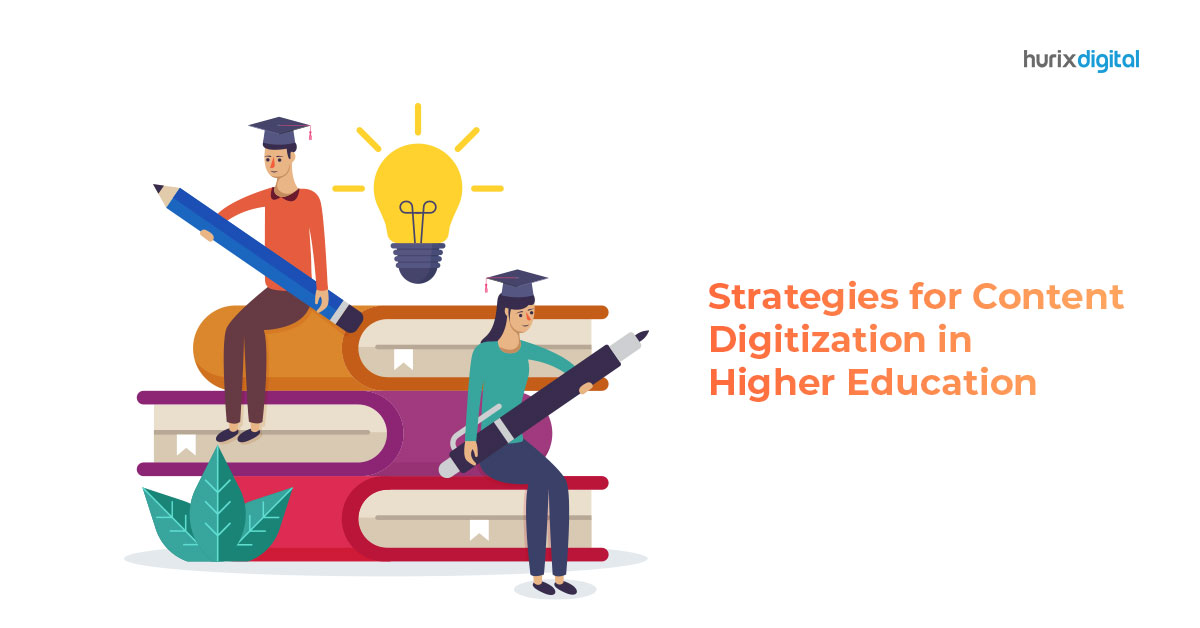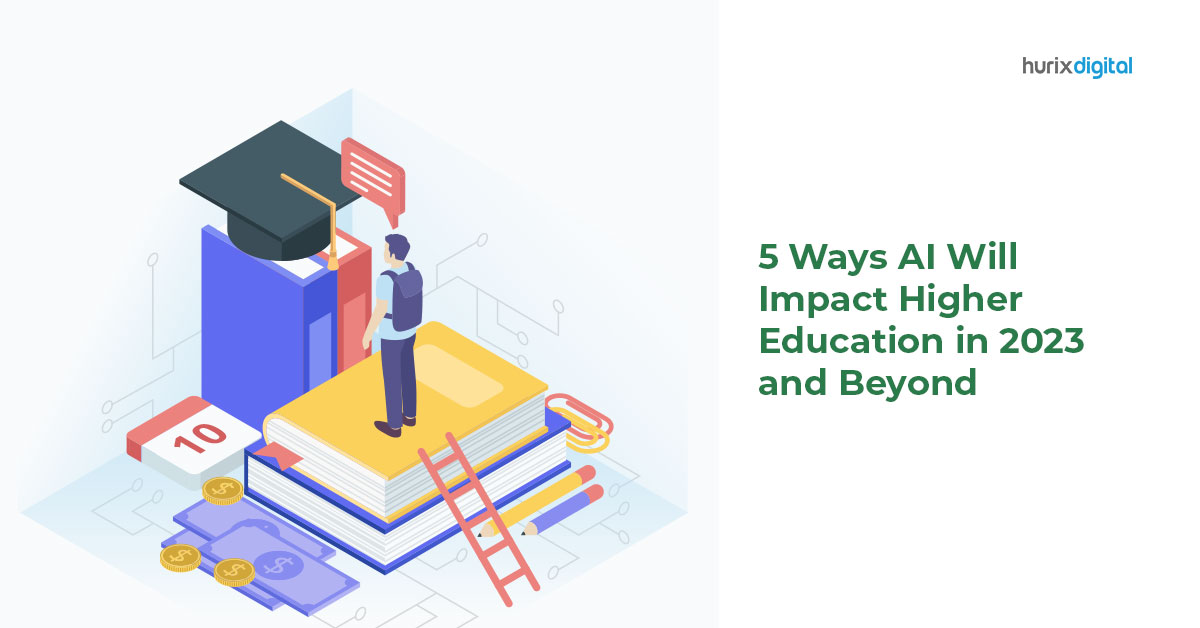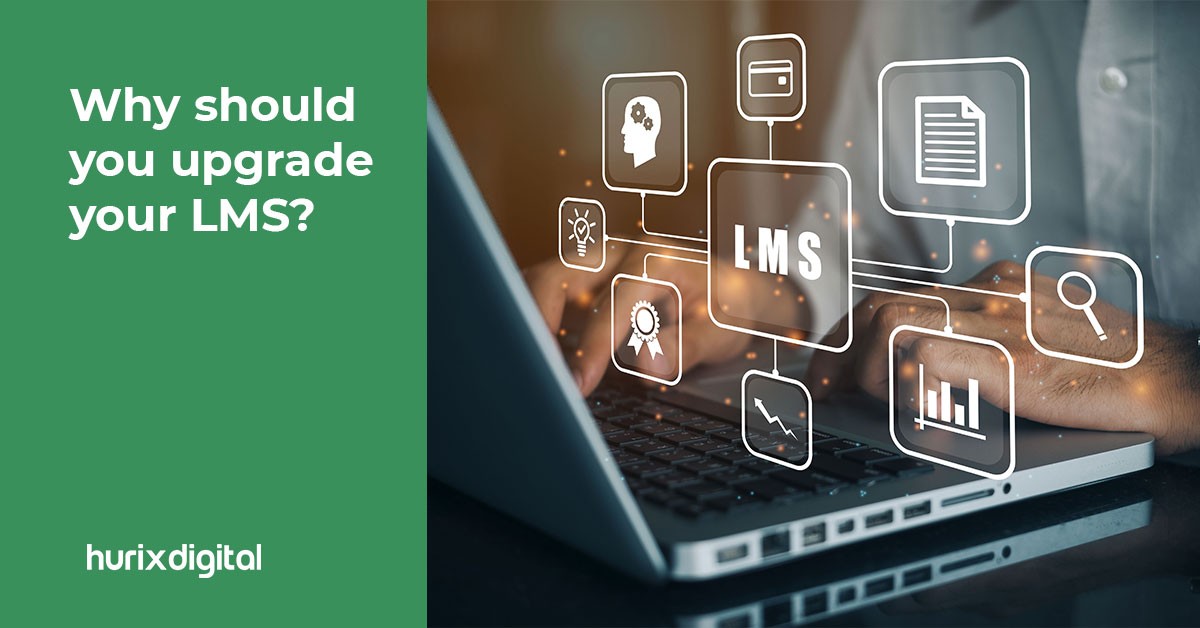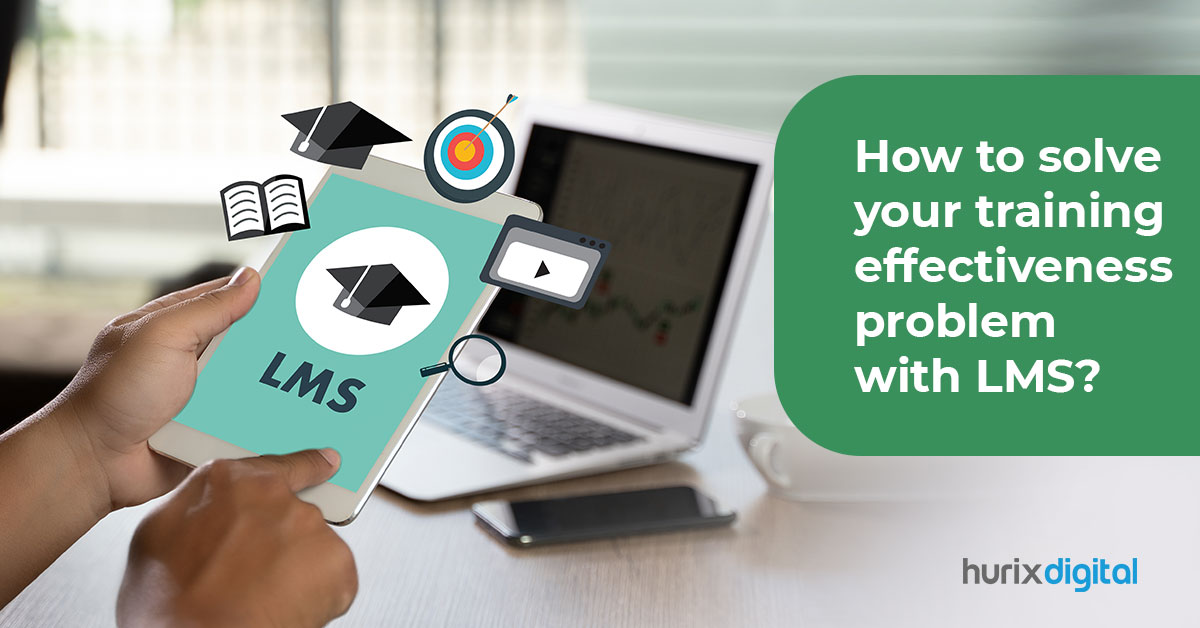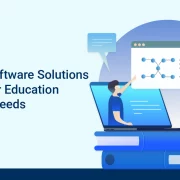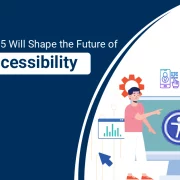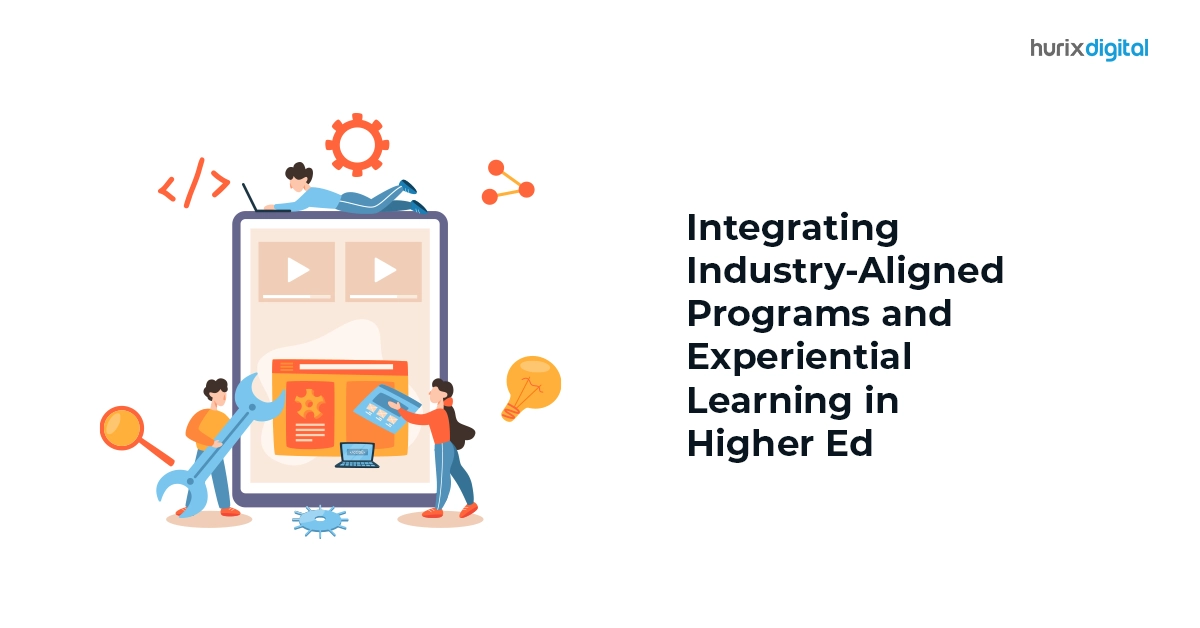
Integrating Industry-Aligned Programs and Experiential Learning in Higher Ed
Summary
Explore how integrating industry-aligned programs and experiential learning can enhance higher education. This blog discusses the benefits of aligning academic programs with real-world experiences.
You spend years diligently studying textbooks, memorizing facts, and taking exams. Finally, graduation day arrives, and you’re ready to conquer the workforce. But then, reality hits. Employers look beyond your GPA and ask for practical skills and real-world experience you might not have. This scenario is becoming increasingly common, highlighting the limitations of the traditional higher education model.
The good news? There’s a better way. By integrating industry-aligned programs and experiential learning into the curriculum, universities can prepare students to thrive in the modern workforce. Industry-aligned programs ensure that students’ skills are relevant and in demand, while experiential learning allows students to gain practical experience through hands-on projects, internships, or simulations.
This shift towards a more holistic education is crucial for graduates to bridge the gap between theory and practice. Let’s delve deeper into how industry-aligned programs and experiential learning can revolutionize higher education.
Table of Contents:
- Why Industry Alignment Matters?
- The Power of Experiential Learning
- Building A Culture of Innovation through Technology
- Assessing the Impact of Industry-Aligned Programs and Experiential Learning
- Overcoming Challenges: How to Integrate Industry-Aligned Programs and Experiential Learning
- Fostering Student Agency: Empowering Learners in the Industry-Aligned Classroom
- Conclusion
Why Industry Alignment Matters?
The job market is constantly evolving, with new technologies and skill sets emerging constantly. This shift in priorities exposes the limitations of the traditional model, which is heavily reliant on rote memorization and theoretical knowledge. Universities that remain siloed from industry trends risk leaving their graduates unprepared for these changes.
Industry-aligned programs are the ultimate weapon for learners to stay ahead of the curve in a rapidly changing job market. Here’s how the following equip students to be trend-savvy:
- Curriculum Development with Industry Input: Advisory boards comprised of industry professionals can provide valuable insights into the skills and knowledge most sought after in the workplace.
- Incorporation of Industry-Standard Tools and Technologies: Exposing students to the software, hardware, and methodologies used in their chosen fields equips them to hit the ground running upon graduation.
- Focus on Industry-Relevant Skills: Soft skills like communication, collaboration, and problem-solving are crucial for success in any career. Industry-aligned programs can weave these skills into coursework and assessments.
The benefits of industry-aligned programs are numerous. Graduates of these programs experience higher employment rates, increased starting salaries, and greater job satisfaction. They are also more likely to report feeling confident and prepared for their careers.
Also Read: 15 Best Online Learning Platforms for Higher Education in 2024!
The Power of Experiential Learning
Experiential learning goes beyond traditional classroom lectures. It involves immersing students in real-world scenarios, allowing them to apply their theoretical knowledge to solve practical problems. This can take many forms:
- Internships and Co-Ops: These programs provide students with on-the-job experience under the guidance of experienced professionals.
- Service-Learning Projects: By working with community organizations, students develop their skills while contributing to a social cause.
- Case Studies and Simulations: These activities engage students in analyzing real-world problems and developing solutions.
- Capstone Projects: These culminating projects allow students to apply their knowledge and skills to a comprehensive, industry-relevant task.
The impact of experiential learning is undeniable. Students who engage in experiential learning have a deeper understanding of course content, develop stronger critical thinking skills, and are more likely to retain information. They also gain valuable soft skills like communication, teamwork, and problem-solving, which are highly sought after by employers.
Building A Culture of Innovation through Technology
Technology plays a crucial role in fostering a culture of innovation within higher education. Here’s how:
- Developing Online Learning Platforms: These platforms can facilitate the delivery of industry-aligned courses, connect students with industry mentors, and provide access to real-world case studies and simulations.
- Utilizing Virtual Reality (VR) and Augmented Reality (AR): VR and AR can create immersive learning experiences that allow students to practice skills in a safe and controlled environment.
- Harnessing Big Data and Analytics: Data can be used to track student progress, identify areas for improvement in industry-aligned programs, and personalize the learning experience.
By embracing technology, universities can create a more dynamic and engaging learning environment that prepares students for the ever-evolving demands of the workforce.
Assessing the Impact of Industry-Aligned Programs and Experiential Learning
Simply integrating industry-aligned programs and experiential learning into the curriculum isn’t enough. It’s crucial to assess the impact of these efforts to ensure they are achieving the desired outcomes. Here are some key metrics to consider:
- Graduate Employment Rates and Starting Salaries: This data provides a direct indication of how well programs are preparing students for the workforce. Higher employment rates and increased starting salaries suggest that graduates are finding jobs quickly and commanding competitive salaries, indicating a strong alignment between the program and industry needs.
- Employer Satisfaction with Graduates’ Skills and Preparedness: Surveying employers who hire graduates from industry-aligned programs can provide valuable feedback. Positive feedback from employers regarding graduates’ skills and preparedness validates the program’s effectiveness in equipping students for success in their chosen fields.
- Student Engagement and Learning Outcomes: Measuring student engagement in experiential learning activities and their performance in assessments can track the effectiveness of these programs. High levels of student engagement in experiential learning activities suggest that students are finding these experiences valuable and enriching. Strong performance in assessments tied to experiential learning demonstrates that students are effectively applying the knowledge and skills gained from these experiences.
By establishing a robust system for measuring success, universities can demonstrate the value of industry-aligned programs and experiential learning, secure stakeholder buy-in, and continuously improve their offerings.
Overcoming Challenges: How to Integrate Industry-Aligned Programs and Experiential Learning
Integrating industry alignment and experiential learning into existing curricula requires careful planning and collaboration. Some potential challenges include:
- Faculty Development: Ensuring faculty members have the necessary skills and knowledge to guide experiential learning activities.
- Building Industry Partnerships: Developing strong relationships with companies and organizations to provide internship and project opportunities.
- Curriculum Redesign: Restructuring courses to incorporate experiential components without sacrificing core academic content.
These challenges can be addressed through strategic initiatives:
- Invest in Faculty Training: Provide workshops and resources to help faculty develop and implement experiential learning activities.
- Establish Industry Advisory Boards: Seek input from industry professionals on curriculum development and internship opportunities.
- Develop Partnerships with Local Businesses and Organizations: Create mutually beneficial relationships that provide valuable learning experiences for students.
- Utilize Technology: Online platforms can facilitate collaboration with industry partners and remote learning opportunities.
Fostering Student Agency: Empowering Learners in the Industry-Aligned Classroom
Industry-aligned programs and experiential learning aren’t just about equipping students with relevant skills; they’re about empowering them to take ownership of their learning journey. Here’s how this approach fosters student agency:
1. Increased Relevance and Choice
When students understand the real-world applications of their studies, they become more invested in the learning process. Industry-aligned programs allow for some element of student choice, perhaps by offering a range of elective courses that cater to specific industry interests. This empowers students to tailor their education to their career aspirations.
2. Developing a Growth Mindset
Experiential learning activities, such as internships and capstone projects, encourage students to embrace challenges and learn from mistakes. These experiences foster a growth mindset, where students see their abilities as something that can be developed through effort and perseverance. This approach is crucial for success in the dynamic world of work.
3. Building Confidence and Self-Efficacy
By successfully applying their knowledge and skills in real-world settings, students gain confidence in their abilities. Experiential learning allows them to see themselves as capable professionals, not just passive learners. This confidence translates into a greater willingness to take risks, pursue opportunities, and thrive in their careers.
4. Enhancing Communication and Collaboration
Many industry-aligned programs and experiential learning activities involve teamwork and collaboration with industry partners or peers. This collaborative approach hones communication skills essential for navigating the professional world. Students learn to articulate ideas effectively, advocate for their perspectives, and work productively with diverse teams.
By fostering student agency, industry-aligned programs, and experiential learning empower students to become self-directed, adaptable, and lifelong learners. These qualities are invaluable for success in the 21st-century workplace.
Also Read: Role of Technology in Higher Education Curriculum Development
Conclusion
The traditional model is fading. Universities that bridge the theory-practice gap with industry-aligned programs and experiential learning empower graduates to thrive in a changing world.
Imagine students solving real-world problems alongside industry professionals. Hurix Digital makes this future a reality by empowering universities to:
- Design industry-aligned programs with our curriculum development tools.
- Equip faculty for experiential learning with our robust training programs.
- Facilitate collaboration and data-driven program evaluation through our learning management platform.
Ready to transform higher education? Contact us to empower your students for success.

Senior Vice President
A Business Development professional with >20 years of experience with strong capability to sell new solutions and develop new markets from scratch. New Market Entry Specialist with experience of working in two of the largest emerging markets – China & India. Also covered other key markets in APAC, US, EU & ME. Exceptional experience of conceptualizing, ideating and selling new learning technologies like VR AR, etc. across multiple industry verticals.
